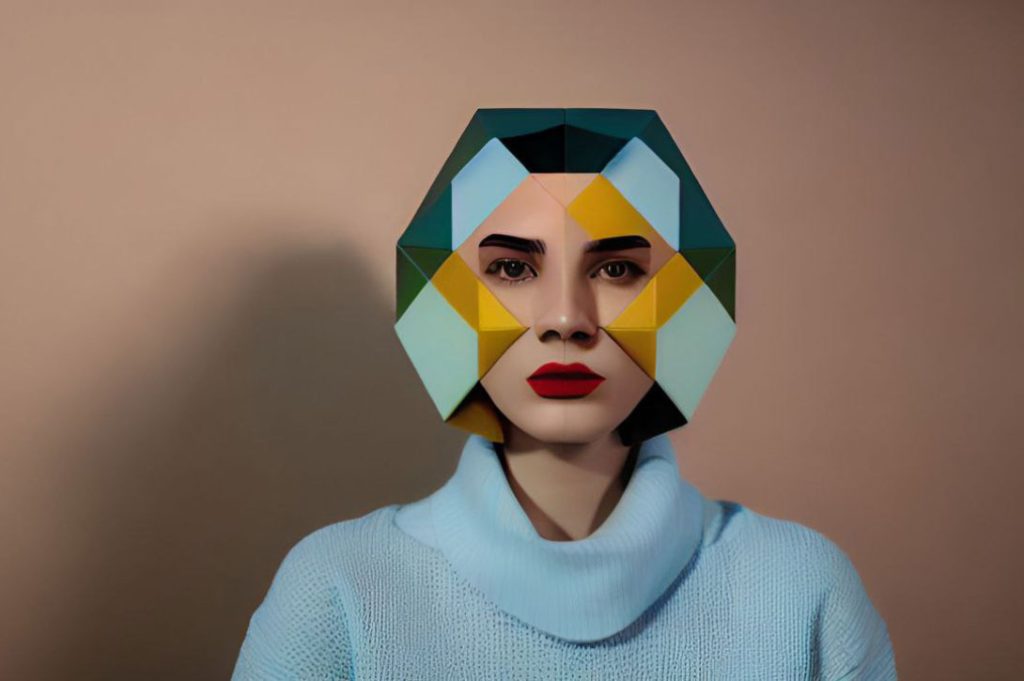Mastering Facial Proportions: The Quintessential Guide for Hairdressers
In the realm of hairstyling, the comprehension of facial proportions goes beyond basic aesthetics. It’s the intimate understanding of each individual’s unique facial symphony. When facial proportions and hair design harmonize, the result is a visage that speaks volumes. Let’s delve into a detailed exploration of facial proportions, providing hairdressers with an exhaustive framework to elevate their craft.

The Foundation: Why Facial Proportions are Essential
The human face isn’t just a mere collection of features; it’s a canvas characterized by balance, rhythm, and symmetry. When hairstylists grasp the nuances of these proportions, they can sculpt hairstyles that not only enhance but also transform an individual’s appearance. Every stroke of the scissors, every hair curled, becomes a conscious decision to complement and highlight.
The Top Third: Commanding Forehead Dynamics
The uppermost portion of the face is primarily dominated by the forehead. The way it spans the face can significantly influence hairstyle choices:
- Wide Forehead: Such a forehead is often a prominent feature. Side-swept or full bangs can provide a soft transition, directing attention towards the eyes.
- Narrow Forehead: Elevating the volume at the crown or opting for a slightly off-center part can provide a widening effect.
- Receding Forehead: Soft fringes or feathered bangs that cascade towards the eyebrows can add depth and definition.
- Large Forehead: Break its vast expanse with layered or textured fringes, introducing dynamism and movement.
Middle Third: The Windows and Bridge to the Soul
The central part of the face is replete with expressiveness, hosting the eyes and nose, which are critical in determining hairstyle direction:
- Close-set Eyes: Drawing attention outwards with volume at the temples can create an illusion of breadth.
- Wide-set Eyes: Styles that bring hair towards the face, with curls or waves starting from the eye level, can evoke a sense of balance.
- Nose Variations: A prominent nose requires a hairstyle with elevated volume to create equilibrium. A smaller nose pairs well with soft, sleek styles, while a longer, slender nose benefits from styles that have volume on the sides to counteract its length.
The Lower Third: Sculpting the Pillars
This section is pivotal, defined by the jawline and chin, which can redefine a person’s profile:
- Jaw Considerations: Soft textures and waves can mellow out a robust, square jaw. Conversely, a round jaw can be accentuated with angular cuts and straight lines.
- Chin Dynamics: For receding chins, volume towards the back can add depth, while large chins are complemented by bold, statement styles that harmonize with their pronounced nature.
Interplay of Proportions: The Art of Cohesion
Facial proportions aren’t standalone; they intermingle, affecting each other. Recognizing this interconnectedness is what sets apart an average hairstyle from an exceptional one. Hairstylists must not only see individual features but also understand their collective narrative.
Conclusion
Facial proportions serve as the guiding light for hairdressers, illuminating the path to perfect hairstyles. It’s about marrying art with science, intuition with knowledge. As hairstylists embrace the philosophy of facial proportions, they don’t just design hairstyles; they craft masterpieces.






